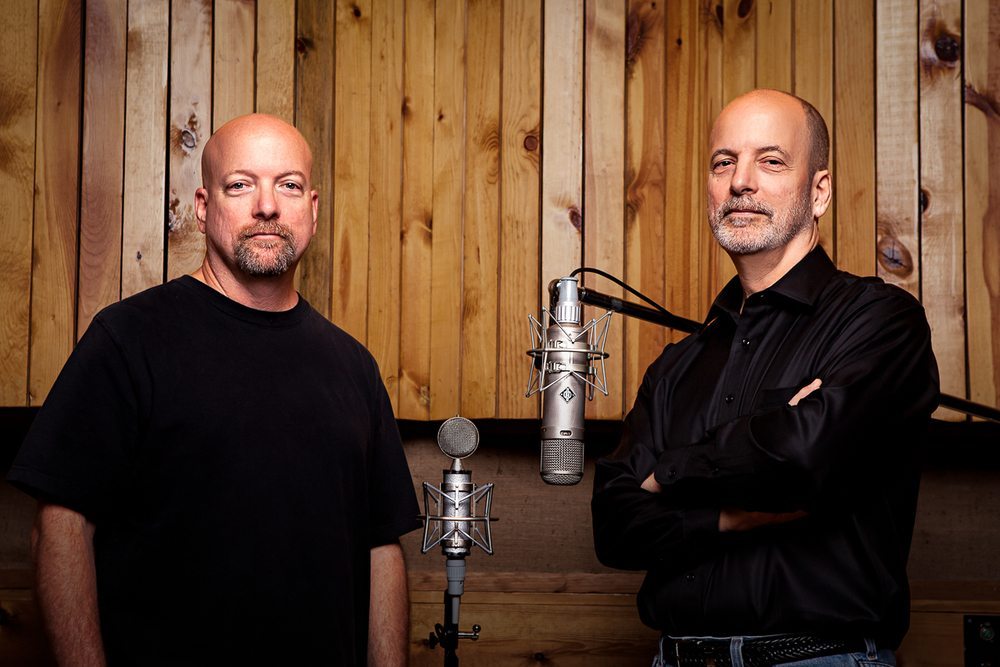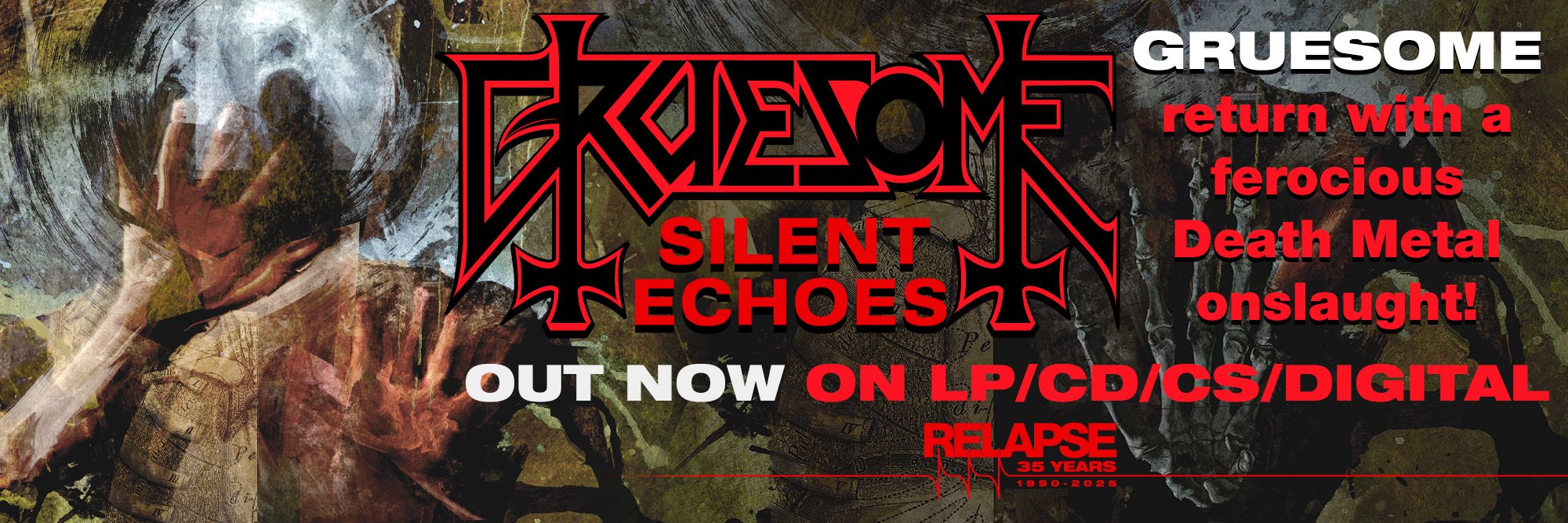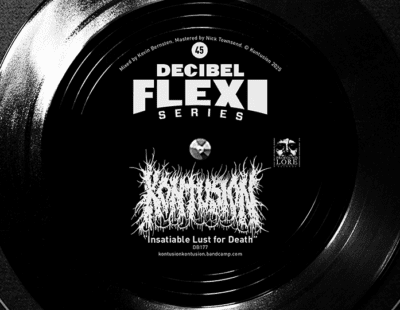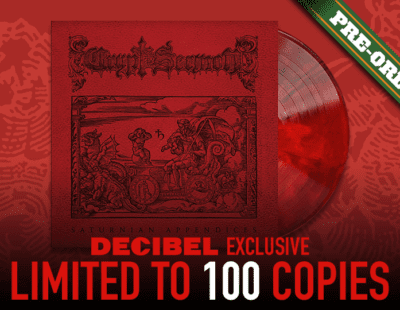
Upon learning that Tom and Jim Morris have been in the process of downsizing their operation, we at Decibel had to get all the dirt straight from the Morrisource. We tracked down Tom Morris for his thoughts on the move and his studio’s past and future in the industry. Take some time now to find out a little more about where the metal you love has come from, and where the Morris duo would like to go.
How attached were you to the original location? How tough was it to decide to sell it and find something else?
Our Studio facilities on 56th St. in Tampa was actually our second studio. (Our first studio was built inside a leased store front.) This was the only recording studio in our area that was designed and built from the ground up to be a recording studio. It was the realization of a dream for us. It was designed by us to be all that we wanted in a recording studio. Deciding to sell was the most difficult decision we had ever made in the 35 year history of our company.
Do you have ideas for particular, optimal locations?
I’m not sure that there is an optimal location for the way recording facilities operate today. We’ve been looking at several different options – all of which are in very different types of locations, and all of which have some great possibilities for us. We do plan to stay in the Tampa Bay area. We have a long history here and really like living here.
What vision do you have for the new setup, and how is that different from the original place?
When we designed out 56th St. studios in the mid 1980s the recording business was a very different animal than it is today. At that time, almost all professional quality recording had to be done in a full time recording facility. The minimal cost to put together a decent recording studio was in the hundreds of thousands of dollars, so very few could even consider a home studio. Because of that, most recording was done from start to finish in a studio and typically artists would book weeks, if not months, of studio time to finish a project.
With the change in technology that digital recording has brought about, almost every musician can afford the equipment to record at least part of their project on their own equipment without necessarily sacrificing the audio quality. Now the biggest use of recording studios is for projects that require too many mics for a home set up, or more skill as an audio engineer than most musicians possess. That typically breaks down to recording rhythm tracks and mixing, which doesn’t require the same kind of facility that we needed before the digital revolution. In addition, with the ability to transfer audio files via the internet, many of the artists that we work with today never actually set foot in our studio.
Our vision for the next Morrisound Recording is a facility that will provide the artists we work with all the tools they want without the huge operating costs that our former studios had. Our experience over the last 35 years has shown us how to maximize our clients experience and minimize their costs. We believe that the best approach to audio engineering at this time is a hybrid approach – utilizing the right blend of analog and digital processing. Over the years we have become firm believers in the sonic quality and innovative approach to ergonomics of consoles made by Solid State Logic. We had an SSL J and a G+ console that we loved at our 56th St. studios. When we sold them we decided that we wanted an SSL Duality console to be the heart of our new studio. The Duality design concept blends perfectly with our hybrid philosophy. We bought a Duality shortly after selling our studios and Jim and I have been very happy mixing and recording with it.
Do you expect the new setup to change how you approach the process at all?
The way we approach the recording process began to change in the late 1990s as high quality home recording started to become available. We expect our new setup to help us facilitate what has become the new recording paradigm of artists taking on part of the recording role themselves.
Do you think your clientele has shifted over the years, or remained steadily diverse? Do you imagine any shift in the future?
We have always had a very diverse clientele. Even though we are probably best known for recording heavy music, and death metal in particular, we have had quite a few projects that have done very well in rock, jazz and even classical recordings. One of the reasons that Jim and I still love recording music after 35 years is that every project is different.
We at Decibel obviously have a somewhat narrow interest in the work that has come out of Morrisound, but how would you rank death metal in the overall arc of your career and your studio?
There’s no doubt that from the mid 1980s until the mid 1990s, death metal was the major genre of music that we recorded and is largely responsible for the growth of Morrisound from a good local studio to a world class facility. There were months at a time when my brother Jim and I, along with Scott Burns had our studios booked with death and thrash metal artists from all over the world. We would not have been able to grow and upgrade our studios the way we did without that kind of business. Even though some of the earliest success we had was in the jazz and jazz fusion genres, it was metal that really put us on the map in the recording world.
Today, we still record, mix and master quite a bit of metal, but we’ve been lucky enough to be able to continue to work with a lot of different styles of music over the years.
Check out more about Morrisound at their website and on Facebook.






